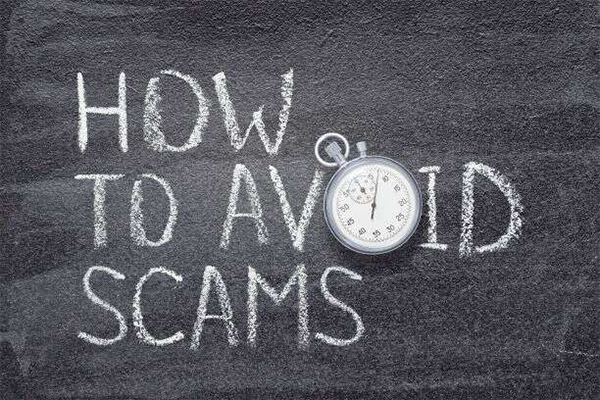There is a saying that you can’t know where you are going until you know where you have been. That’s especially true when it comes to our schools.
Since education represents the single-largest category in state spending – more than half of every dollar when you include our public colleges and universities – the General Assembly understandably keeps a close eye on its progress, and with a two-year budget to enact in 2016, now is a good time for a more comprehensive review.
That’s what the legislature’s Office of Education Accountability recently gave us when it reported on the gains our elementary and secondary schools have made during the past decade in spending, staffing and programs.
Much of that period, of course, occurred during the nation’s worst economic downturn since the 1930s. Nevertheless, state spending for kindergarten through high school went up a billion dollars between 2004 and 2013, and local revenue went up about $800 million.
Inflation and such non-classroom expenses as retirement and debt on new facilities and equipment were major drivers, however, so the gains in the classroom were not as large as we would prefer. That trend, fortunately, began to change under the current budget.
In other findings, OEA said that transportation costs have jumped by almost two-thirds since 2004, and special education costs have risen much faster as well: A $15 million gap in spending back then grew to a $131 million gap by 2013. Much of that difference has occurred in just the last several years.
In terms of raw numbers, Kentucky has five percent more students now than it did a decade ago, about 652,000 altogether. The number of teachers in the classroom has gone up four percent – from 40,600 then to 42,100 as of 2013 – and the number of classified staff (bus drivers and cafeteria workers, for example) went up two percent, from 46,400 to 47,500.
We’ve certainly been fortunate in our region when it comes to our teachers and the other school officials and employees who arrive early and stay late to make sure our students have a safe and welcoming environment. As a member of the General Assembly’s Appropriations and Revenue Committee, I have worked to make sure our teachers, staff and students are given what they need.
Beyond this report, the state is doing other things to help our schools improve even more.
In an effort to increase transparency and oversight, the General Assembly passed a law I was proud to sponsor last year that toughens the requirements for new school finance officers and updated training requirements for school board members.
Just last week, state Auditor Adam Edelen’s office provided 75 recommendations for school districts to improve their efficiency. They’re based on findings he gathered during review of 21 school districts over the last three years and range from better protecting students’ personal data to making it easier for school employees to submit any concerns to the school board.
Although it is true that every year is critical when it comes to education, 2015 does represent a major crossroads for the commonwealth. Earlier this spring, we marked the 25th anniversary of the Kentucky Education Reform Act, while this fall will see us elect a new governor and hire a new education commissioner. Next year, as I mentioned, the General Assembly will adopt the next two-year budget.
The good news is that we are making positive strides. The latest proof came at the end of July, when the website WalletHub said Kentucky had the fifth-best school system among the states. No other southern state was in the top 10.
There is always room for improvement, of course, but as our students return to school this month, it’s good to know that what we are trying to do is being recognized beyond our borders. Many of us can recall when that wasn’t always the case.
I hope to hear from you soon.
Rep. Mike Denham, a Democrat from Maysville, has represented House District 70 (Bracken, Fleming and Mason counties) since 2001.






















